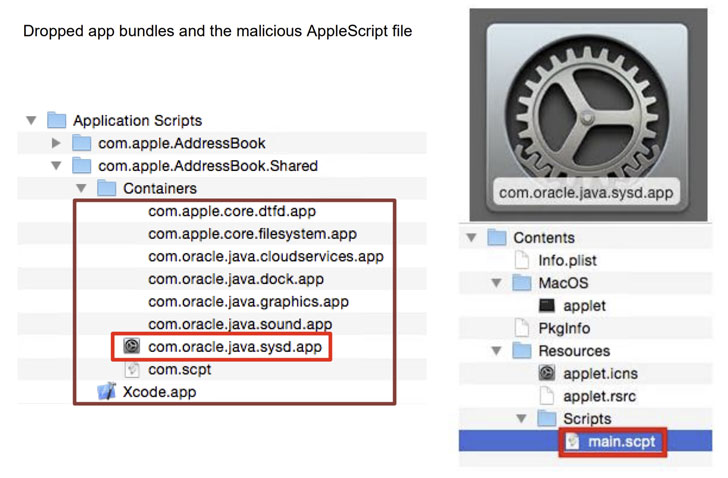

If you do nothing, you’ll likely continue to be bombarded with pop-ups, but your files are essentially safe. You might receive a pop-up message claiming that malware was discovered and the only way to get rid of it is to pay up. If you simply ignore the annoying messages your system should continue to work fine. In reality, there’s nothing wrong with your system, aside from the presence of pop-ups with fake warnings.
#US CERT APPLE RANSOMWARE SOFTWARE#
Scareware is a term for all those rogue security software and tech support scams that pop up scary-looking messages on your screen or otherwise try to trick you into calling a phone number where someone will ‘help you solve the problem.’ We’ll look at each one quickly, then spend the rest of the article on the worst type of ransomware. The main types of ransomwareĪt the most general level, there are three main types of ransomware. The volume of ransomware attacks seems to be growing rapidly, with the ransoms that are being demanded growing even faster. This brings more fame to the hackers, which in turn, may help them to extract more money from their victims.
 Visibility: When hackers gain access to high-profile targets, they are guaranteed to grab the international spotlight with news reports around the world. Profits: Large organizations can afford multi-million dollar payouts, as we have seen recently with both the Colonial Pipeline ransomware payout and also the JBS payout, both in the tens of millions of dollars. And while ransomware previously targeted mostly individuals, today the main targets seem to be large organizations like governments, major corporations, and universities. These attacks can bring an entire organization to its knees. Similarly, with the Kaseya ransomware attack, several downstream businesses and organizations were affected. The developers of ransomware frequently design it to be able to spread across a network, attacking not only other user’s computers, but the servers they are connected to. When a person or organization is the target of a ransomware attack, the threat is that the victim’s data is being held hostage and won’t be returned until the victim makes the required ransom payment. So let’s start with the basics and define exactly what we’re talking about. It has gotten so bad that this year, the World Economic Forum (WEF) is running Cyber Polygon, a training session focused on protecting against these types of cyberattacks. Most recently, supply chains have been getting pounded, with attacks on targets like fuel pipelines and network management systems. These attacks are big news and they impose big costs and problems for everyone - from individuals to major corporations and governments. It seems we can’t go more than a few days without news of another giant ransomware attack somewhere in the world.
Visibility: When hackers gain access to high-profile targets, they are guaranteed to grab the international spotlight with news reports around the world. Profits: Large organizations can afford multi-million dollar payouts, as we have seen recently with both the Colonial Pipeline ransomware payout and also the JBS payout, both in the tens of millions of dollars. And while ransomware previously targeted mostly individuals, today the main targets seem to be large organizations like governments, major corporations, and universities. These attacks can bring an entire organization to its knees. Similarly, with the Kaseya ransomware attack, several downstream businesses and organizations were affected. The developers of ransomware frequently design it to be able to spread across a network, attacking not only other user’s computers, but the servers they are connected to. When a person or organization is the target of a ransomware attack, the threat is that the victim’s data is being held hostage and won’t be returned until the victim makes the required ransom payment. So let’s start with the basics and define exactly what we’re talking about. It has gotten so bad that this year, the World Economic Forum (WEF) is running Cyber Polygon, a training session focused on protecting against these types of cyberattacks. Most recently, supply chains have been getting pounded, with attacks on targets like fuel pipelines and network management systems. These attacks are big news and they impose big costs and problems for everyone - from individuals to major corporations and governments. It seems we can’t go more than a few days without news of another giant ransomware attack somewhere in the world.






 0 kommentar(er)
0 kommentar(er)
